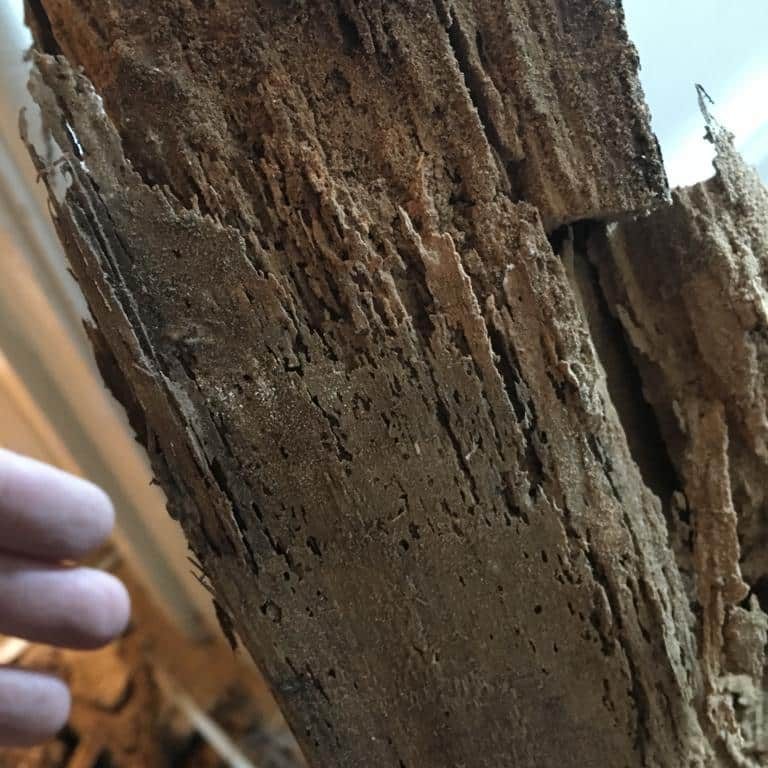Dry rot is the most dangerous kind of fungal deterioration. It focuses on the wood in structures and consumes the elements that give wood its tensile strength.
It can survive without a supply of moisture since it can manufacture moisture through the digestion of wood. The structural stability of the building may be gravely jeopardised as soon as dry rot starts to occur.
If you suspect dry rot in your Sutton Coldfield property, schedule a professional inspection and treatment as soon as possible. If you live in the Sutton Coldfield area, get in touch with us right away because if the dry rot is not quickly identified and treated, all of the affected wood may need to be removed and replaced.
Dry Rot Sutton Coldfield
The lifespan of dry rot in a Sutton Coldfield house goes through four main stages:
Spores - The spores of the dry rot fungus are present in the atmosphere. There is almost always some paperwork left over. Spores require air, moisture (around 20%), and food (timber) before they become active.
Hyphae - The spores begin to form tiny, white tendrils, or hyphae, in damp wood. These hyphae penetrate the surface and cause the wood to rot. They work as cobweb-like threads, absorbing moisture from the timbers-like roots and dispersing it throughout the wood.
Mycelium - These hyphae join together and develop into a single, cotton-like structure called mycelium. Mycelium searches for fresh wood to grow on as it spreads.
Fruiting Body - The fungus eventually transforms into a mushroom when it reaches the last stage. The fresh spores that the dry rot fungus produces are transported by the air to different sections of the body as it spreads from the centre of the body.


Why do you have Dry Rot in Sutton Coldfield?
Although dry rot spores are ubiquitous in the air, problems only occur when the ideal conditions are met for them to flourish. In these conditions, wood that has a 20% moisture content is wet and exposed to the air.
Dry rot will have a significant negative influence on your Sutton Coldfield home since it usually results from a construction error that results in moisture in the wood. Consequently, the following elements typically cause dry rot in homes:
- ascending damp
- overflowing moisture
- leaky downpipes and gutters
- a lack of ventilation
How to Identify Dry Rot in Sutton Coldfield
Dry rot in Sutton Coldfield can be difficult to detect, especially in its early stages. Mycelium and fruiting bodies are the most obvious symptoms of dry rot later in the life cycle.
Some probable indications of dry rot include the following:
- The wood is covered in beautiful, white, fluffy mycelium. Brittle threads might develop inside the mycelium.
- Patches of greyish-white "skin" with yellow and violet undertones.
- a fruiting body that resembles a mushroom; it is soft and squishy, and has a pancake- or bracket-shaped structure. It has many pores, is often orange in hue, and becomes rusty towards the middle.
- Near fruiting bodies, red spore-created dust is commonly seen.
Are you unsure if you have dry rot in your Sutton Coldfield home?, contact CGT Carpentry for dry rot treatment if you notice any symptoms or smells.

